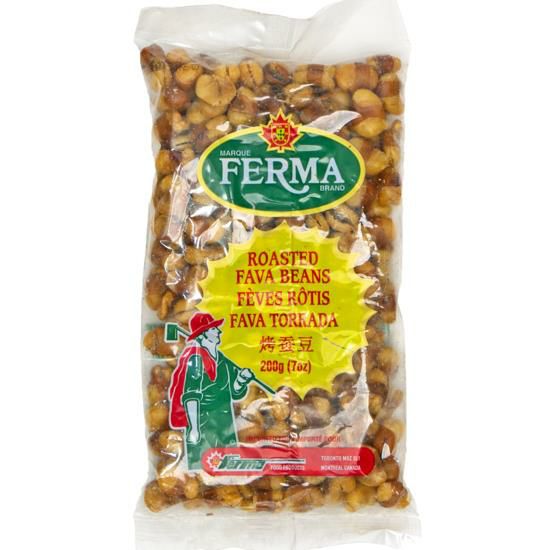Oktoberfest Recipe

Oktoberfest (20 Litres)
The BJCP style guidelines 3B, use descriptors for Oktoberfest such as, “smooth, clean, and rather rich, with a depth of malt character… one of the classic malty styles, with a maltiness that is often described as soft, complex, and elegant…”The history behind Oktoberfest (known as Märzen when young), as detailed in the BJCP style guidelines, “…based on an adaptation of the Vienna style…Typically brewed in the spring, signalling the end of the traditional brewing season and stored in cold caves or cellars during the warm summer months. Served in autumn amidst traditional celebrations.” It’s rare for a beer to go through a name change once it has aged in the bottle but they do present quite differently! Try making identical brews, 6 months apart, then perform a side-by-side tasting to compare a Märzen with an Oktoberfest.
Ingredients
- 1.7kg European Lager
- 1lb Light Dry Malt
- 200g Crystal Malt
- Kit yeast (7g) + Saflager S-23 Yeast (11.5g)
- Dextrose Corn Sugar
Features:
- Colour: Gold
- Body: Medium
- Bitterness: Medium
- Approx. Alcohol Level: 4.4% ABV
- Naturally Carbonated: Natural
Instructions:

STEP 1: Mix
Before mixing the brew, rehydrate the yeast by adding to 250ml of tepid water then stir to make a creamy mix and cover with cling-wrap. Crack the specialty grains (put the grains in a plastic zip-lock sandwich bag and crack them with a rolling pin), add to 2 litres of water in a saucepan and bring to the boil then strain into the fermenting tub already containing the Light Dry Malt. Pick the fermenting tub up and gently swirl the contents to dissolve the malt. Add the contents of the European Lager beer kit and dissolve. Add cold water up to the 20 litre mark and stir vigorously. Note: Fermentation should start at around the 22C to 24C so about 5 litres of refrigerated water may be required. Stir in the creamed yeast and fit the lid.

STEP 2: Brew
Allow the brew to drop to 12C to 15C over the course of 12-24hrs then maintain this temperature during fermentation. Cleanliness and Sanitation is even more important when making Lager beer, as the lower ferment temperature will extend the time the brew is in the fermenting vessel. Fermentation may take 2 to 3 weeks. To avoid the risk of over carbonation - glass bottles may explode. Only bottle your brew when the fermentation process is complete. Fermentation has finished once the specific gravity is stable over 3 days. Expect the Final Gravity (FG) to be around 1008.

STEP 3: Bottle
Priming
Add carbonation drops at the rate of 1 per 330ml/375ml bottle and 2 per 740ml/750ml bottle. Sugar may be used at the rate of 8g per litre (approximately 6g of sugar to a level metric teaspoon). Store the bottles out of direct sunlight at 18C or above for at least 1 week while secondary fermentation occurs. Allow to condition for about 4 weeks in the bottle before serving.
STEP 4: Enjoy!
Lager generally benefits from further conditioning. Any slight sulphur aroma should dissipate with further conditioning. In this instance, the bottles may be aged for at least 6 months to produce the Oktoberfest style. Lagers are usually served very cold and bright. Keep your bottles standing upright and pour the brew in the one motion leaving the sediment behind in the bottle. Expect the alcohol content to be around 4.4% ABV.




Leave a comment